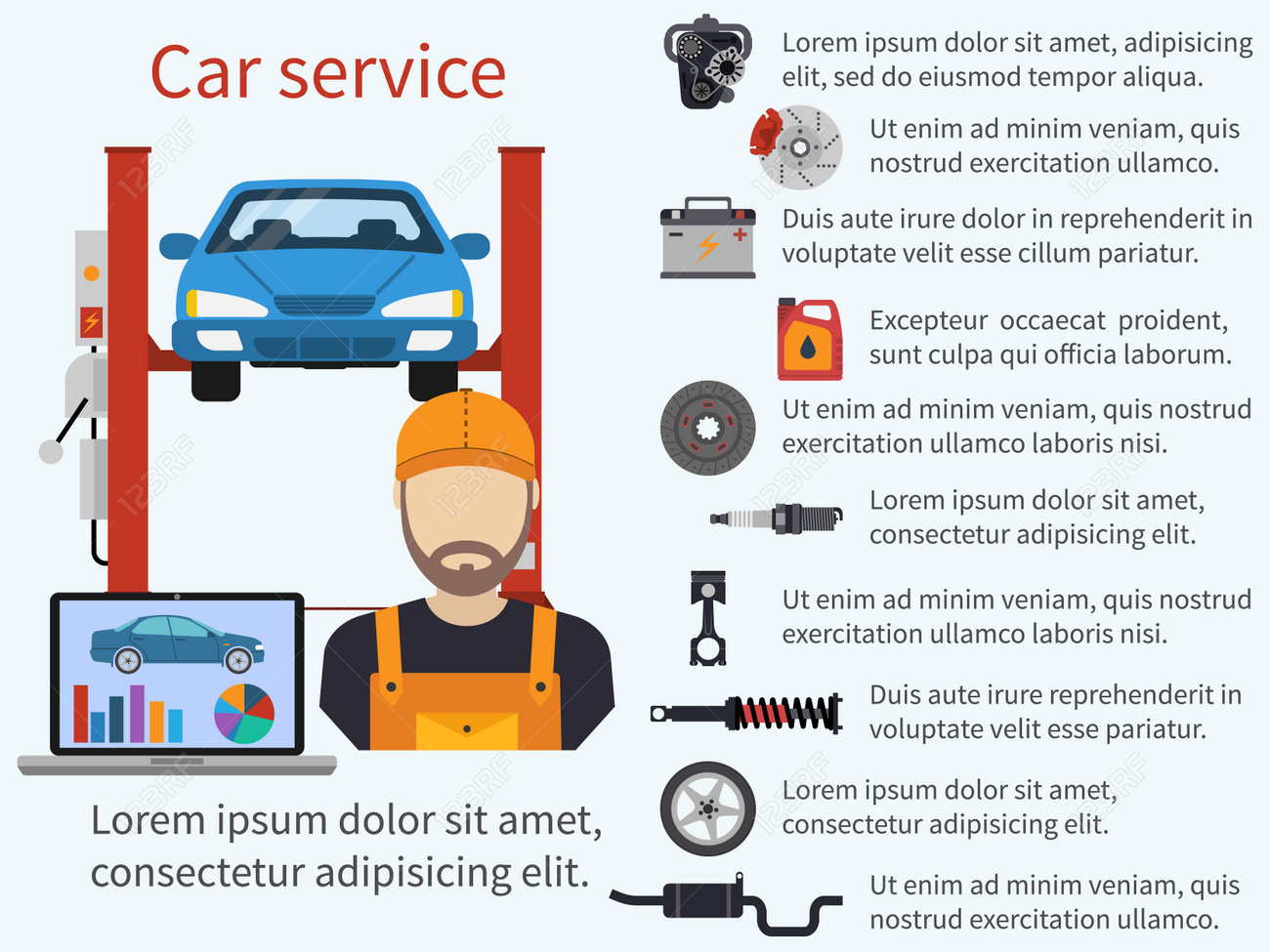Understanding The Definition Behind Your Car'S Warning Lights: An Extensive Appearance
Understanding The Definition Behind Your Car'S Warning Lights: An Extensive Appearance
Blog Article
Article Written By-Vinson Stark
When you're behind the wheel, those beautiful warning lights on your control panel can be a bit complicated. Do you recognize what they're trying to tell you concerning your car's wellness? Recognizing https://www.globenewswire.com/news-release/2022/04/06/2417241/0/en/Automotive-Aftermarket-to-hit-US-855-billion-by-2028-Says-Global-Market-Insights-Inc.html of these lights is important for your safety and the durability of your automobile. So, the following time among those lights appears, wouldn't you want to understand its message precisely and take the required actions to resolve it?
Common Caution Lights and Interpretations
Recognize common warning lights in your vehicle and recognize their definitions to make certain safe driving.
One of the most normal warning lights include the check engine light, which signifies issues with the engine or exhausts system. If this light begins, it's crucial to have your vehicle checked quickly.
https://milowrlgz.eedblog.com/31292313/looking-for-clarity-on-the-warning-lights-displayed-on-your-auto-s-dashboard-figure-out-just-how-they-associate-with-your-vehicle-s-health-and-safety alerting light indicates reduced oil stress, requiring prompt attention to avoid engine damage.
A flashing battery light may recommend a damaged billing system, possibly leaving you stranded otherwise resolved.
The tire stress surveillance system (TPMS) light notifies you to reduced tire stress, affecting car stability and fuel efficiency. Overlooking this could bring about dangerous driving conditions.
The abdominal light shows a problem with the anti-lock braking system, compromising your capacity to quit quickly in emergency situations.
Finally, the coolant temperature level warning light warns of engine overheating, which can result in serious damage if not resolved swiftly.
Understanding these common caution lights will aid you deal with concerns quickly and keep secure driving problems.
Value of Prompt Interest
Understanding the usual caution lights in your vehicle is only the first step; the significance of without delay attending to these warnings can't be emphasized sufficient to ensure your safety when driving.
When a caution light brightens on your dashboard, it's your automobile's method of interacting a prospective problem that requires focus. Disregarding these cautions can lead to extra serious problems down the road, compromising your safety and security and possibly costing you much more in repairs.
Prompt interest to cautioning lights can prevent malfunctions and accidents. For instance, a flashing check engine light can suggest a misfire that, if left neglected, could create damage to the catalytic converter. Resolving this immediately can conserve you from a costly repair service.
In a similar way, a brake system advising light might indicate reduced brake fluid or used brake pads, vital elements for your safety and security when driving.
DIY Troubleshooting Tips
If you discover a warning light on your dashboard, there are a couple of do it yourself repairing pointers you can try prior to looking for professional assistance.
The initial step is to consult your cars and truck's guidebook to recognize what the particular caution light suggests. Occasionally the concern can be as simple as a loose gas cap setting off the check engine light. Tightening up the gas cap might settle the trouble.
One more typical concern is a low battery, which can cause various advising lights. Inspecting the battery links for rust and ensuring they're safe and secure could fix the trouble.
If a caution light continues, you can attempt resetting it by separating the car's battery for a couple of mins and then reconnecting it. In Visit Homepage , inspecting your automobile's liquid degrees, such as oil, coolant, and brake liquid, can aid repair cautioning lights connected to these systems.
Conclusion
Finally, recognizing your car's warning lights is necessary for maintaining your vehicle running efficiently and safely. By without delay dealing with these notifies and understanding what they suggest, you can avoid expensive repairs and possible failures.
Remember to consult your car's manual for particular information on each cautioning light and do something about it as necessary to make sure a trouble-free driving experience.
Stay informed, stay safe when driving!
